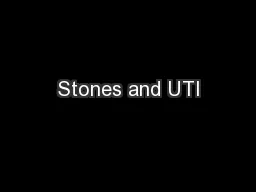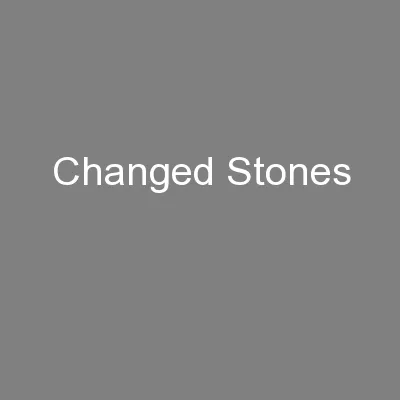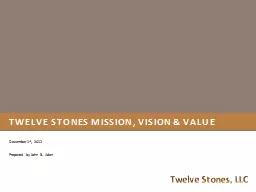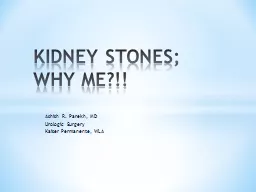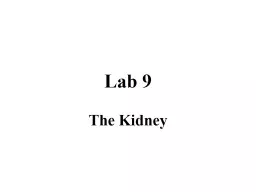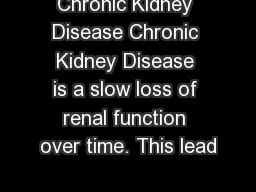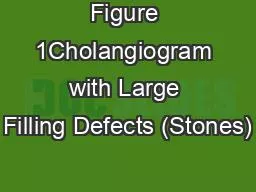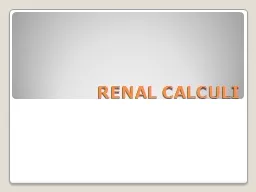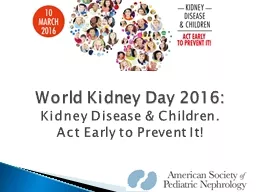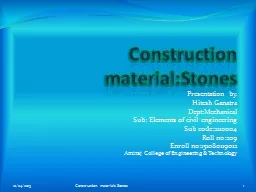PPT-Kidney stones
Author : tawny-fly | Published Date : 2017-06-20
Chapter 55 Pages 15911596 By Heather Wacholz BSNRNCCRNCMCCNRN Normal Kidney Function Kidney Stones Kidney stones renal Urolithiasis or nephrolithiasis are small
Presentation Embed Code
Download Presentation
Download Presentation The PPT/PDF document "Kidney stones" is the property of its rightful owner. Permission is granted to download and print the materials on this website for personal, non-commercial use only, and to display it on your personal computer provided you do not modify the materials and that you retain all copyright notices contained in the materials. By downloading content from our website, you accept the terms of this agreement.
Kidney stones: Transcript
Download Rules Of Document
"Kidney stones"The content belongs to its owner. You may download and print it for personal use, without modification, and keep all copyright notices. By downloading, you agree to these terms.
Related Documents


